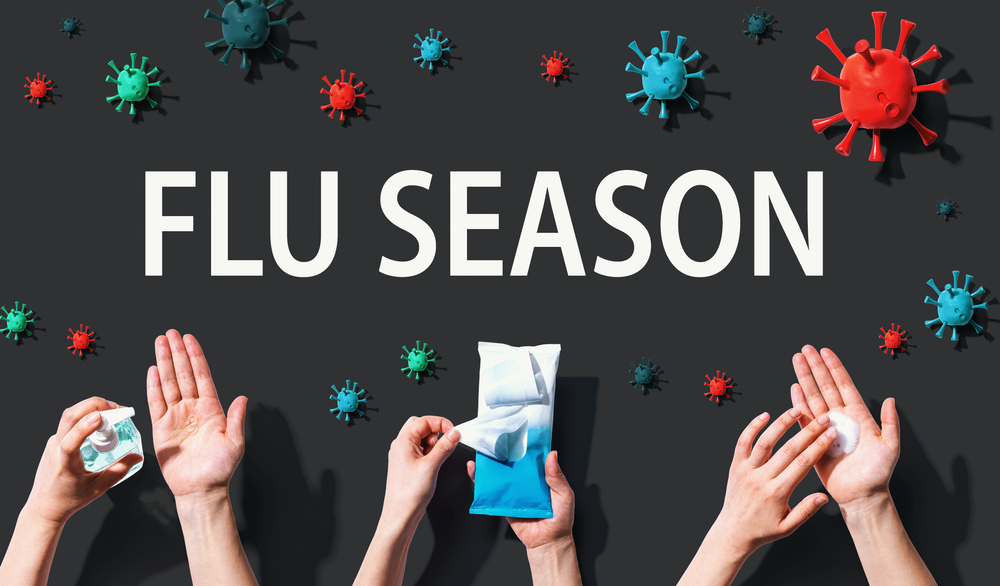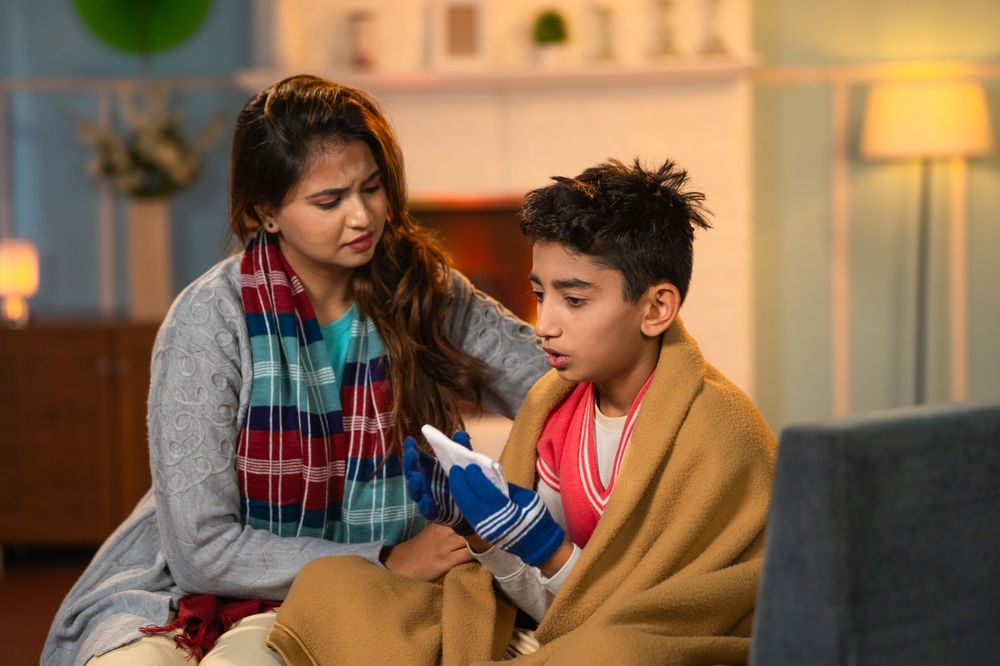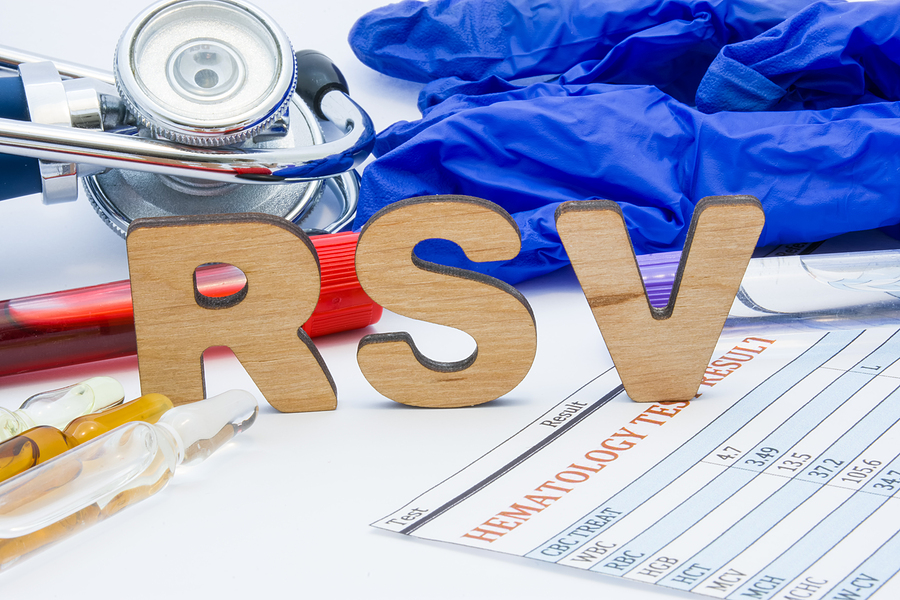By: Michelle Place, CRNP-P
Now that the Fourth of July is in our rear view mirror and summer is in full swing, here is a little “how-to” guide for some common summertime ailments.
What should I do if…I find a tick on my child’s body?
- Tick bites normally don’t itch or hurt. That’s why they often go unnoticed.
- Most tick bites are harmless. The spread of disease by ticks is rare.
- If the tick is still attached to the skin, it will need to be removed as soon as possible. The longer it remains in place the greater the chance it will spread infection.
- Do NOT use a smoldering match, nail polish, petroleum jelly (Vaseline), liquid soap, rubbing alcohol or kerosene because they may irritate the tick and cause it to behave like a syringe, injecting its bodily fluids into the wound.
- Try one of the following techniques:
Try Soapy Cotton Ball First
- Apply liquid soap to a cotton ball until it is soaked.
- Cover the tick with the soap-soaked cotton ball.
- Let it stay on the tick for 30 seconds.
- The tick will usually be stuck to the cotton ball when you lift it away.
Try Tweezers Second
- Use tweezers to grasp the tick, on it’s head, as close to the skin as you can.
- Pull the tick straight upward without twisting or crushing it.
- Maintain a steady pressure until the tick releases it’s grip.
Antibiotic Ointment
- Wash the wound and your hands with soap and water after removal.
- Apply an OTC antibiotic ointment such as Polysporin to the bite once after removal.
What should I do if… the tick’s head breaks off in the skin?
- If a small piece of the head remains, do not worry. The skin will eventually shed it.
- If most of the head is left, remove it. Clean the skin with rubbing alcohol then use a sterile needle to uncover the head and lift it out.
What should I do if…my child gets stung by a bee or wasp?
- Remove the stinger as quickly as possible. The longer the stinger stays in contact with the skin the more venom enters the body. Use the edge of a blunt knife or credit card to gently brush away the stinger. You can also pull it out with a pair of tweezers.
- Apply cool, damp compresses or an ice pack to the area to minimize swelling and relieve the pain once the stinger is gone.
- Place a solution containing water and a commercial meat tenderizer, wet baking soda, or calamine lotion on the sting to reduce the discomfort.
- Apply over-the-counter (OTC) hydrocortisone ointment to the bite to decrease inflammation.
- Give Tylenol or ibuprofen as needed for discomfort.
- Administer an oral antihistamine, such as Benadryl, to alleviate any itching.
What should I do if…my child has a splinter?
Tiny, Pain-Free Splinters
- Superficial splinters that are tiny, and pain free can be left alone.
- They will eventually work their way out with normal shedding of the skin.
Tiny Painful Plant Stickers
- Plant stickers like stinging nettles, cactus spines, or fiberglass spicules are difficult to remove because they usually break when pressure is applied with tweezers.
- Tape: First try to remove the small spines or spicules by touching the area lightly with packaging tape, duct tape, or another very sticky tape.
- Wax Hair Remover: If tape does not work, apply a layer of wax hair remover. Let it air-dry for 5 minutes or accelerate the process with a hair dryer. Then peel it off. Most of the spicules will be removed. The others will usually work themselves out with normal shedding of the skin.
Large Splinters or Thorns
- Remove with a needle and tweezers.
- To ensure visualization use good lighting; a magnifying glass may also help.
- Check the tweezers to be certain the ends meet exactly. If they do not, bend them so they do.
- Sterilize the tweezers with rubbing alcohol.
- Clean the surrounding skin with rubbing alcohol or soap and water.
- Do not soak the area. If the splinter is made of wood, this will cause it to swell.
- Use the needle to completely expose the large end of the splinter.
- Grasp the end firmly with the tweezers; pull it out at the same angle that it went in.
- If the splinter is under a fingernail, you may need to cut away some of the nail to expose the end of it.
- Superficial horizontal splinters (where you can see all of it) usually can be removed by pulling on the end. If the end breaks off, open the skin with a sterile needle along the length of the splinter and flick it out.
Antibiotic Ointment
- Wash the area with soap and water after removal
- To reduce the risk of infection, apply an OTC antibiotic ointment such as Polysporin once after removal.
What should I do if…my child has poison ivy?
- Prevention is the best approach. Know what the plant looks like and teach your children to avoid it.
- Wash skin that was exposed to the plant or it’s oils with soap and water for at least 10 minutes.
- Wash all clothes and shoes that came in contact with the plant or it’s oils in soap and water.
- Apply calamine lotion 3 or 4 times a day for itching.
- Avoid creams or lotions that contain anesthetics or antihistamines.
- Apply topical (OTC) hydrocortisone cream to decrease inflammation.
- Try an oral antihistamine, such as Benadryl, to help with itching.
- If the rash is severe, on the face, or on extensive parts of the body, your doctor may prescribe oral steroids. These are given for 6 to 10 days, with the dose tapering in a specific schedule determined by your pediatrician.
*This treatment is reserved for the most severe cases.
What should I do if…my child gets sunburned?
- Start Tylenol or ibuprofen early and continue for 2 days to reduce discomfort and swelling.
- Use a moisturizing cream but avoid petroleum (Vaseline) or other ointments; these keep heat and sweat from escaping.
- OTC hydrocortisone cream applied 3 times a day may also decrease swelling and pain, but only if started early.
- Cool baths or wet compresses several times daily. Add 2 oz baking soda per tub. Avoid soap on the sunburned skin.
- Offer extra fluids (water or other fluids) on the first day to prevent dehydration and dizziness.
- Apply OTC antibiotic ointment such as Polysporin to any open blisters. Remove ointment with warm water and reapply twice daily for 3 days
What should I do if…my child is stung by a jellyfish?
- Remove your child from the water.
- Rinse the area with seawater. (Fresh water can prompt the stingers to release more venom.)
- Don’t rub the area. This can make things worse.
- It may help to soak the affected skin with vinegar for 15 to 30 minutes.
- Use a credit card to scrape off any stingers still in the skin.
- If available, put shaving cream or a paste of seawater and baking soda on the area. Then scrape it off.
- Give tylenol or ibuprofen to help with any discomfort.
Call an ambulance immediately if your child has:
- trouble breathing or swallowing
- a swollen tongue/lips or a change in voice
- bad pain or feels generally unwell
- stings over a large part of the body
- a sting in the eye or mouth
http://www.healthychildren.org
http://kidshealth.org






